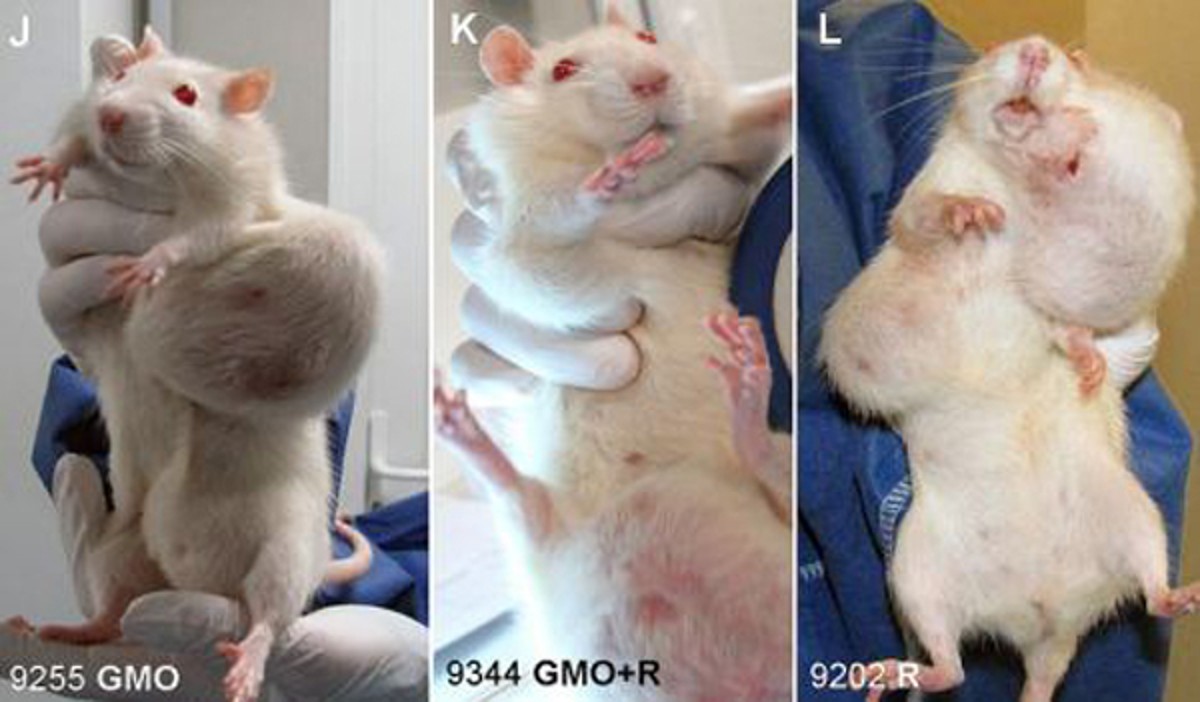The year 2013 was the beginning of my introduction to NZ's prolific and disturbing use of poisons to control pests and weeds in our environment.
NZ's Dr Meriel Watts wrote in The Poisoning of New Zealand (1994) that there were some 280-300 pesticide active ingredients registered for use in NZ, in about 700 different formulations. NZ's usage then amounted to approximately 3,500-4,500 tonnes per year. Many (most) of them have never been tested adequately for safety around humans let alone the rest of the ecosystem. (Dr Watts' books are hard to come by however there are some at abebooks.com I notice).
Back in 2013, this subject was relatively new to me and hitherto I'd used the odd bit of herbicide myself to clean up the edges in my yard. The packaging info told me it was harmless so it was all good. However, unwell myself at that time, with one of those mysterious and now common medical conditions that had no cure I'd been told, I had extensive time to read a lot. Plagued with tiredness and weakness I could do little else actually, and so began my learning journey into the vagaries of poisons I'd hitherto never heard of.
My first learning curve concerned glyphosate, found in many herbicides, and particularly the ever popular Roundup (the one I'd used in my yard). This product was commonly touted as being harmless as dish liquid and NZ farmers love it. I've encountered them at public gatherings and found they won't hear a bad word about it. Not surprising given one significant NZ university textbook titled Pasture Doctor by Jo Millar, recommends the spraying of whole fields with it, ready for next sowing. In 2017 I screenshot the related pages on field spraying at Amazon.com however the book is now out of print and hard to come by. Neither is the 'look inside' option available. At a certain time of the year in NZ one can see yellowing fields all around the place, as the grass slowly dies, and is then turned under with a plow, to be munched on by stock that of course ends up on your plate.
Turns out anyway, that glyphosate is everything but harmless.

Dr Don Hubert, a US Tertiary level lecturer of 55 years experience in agriculture and Professor Emeritus of Plant Pathology calls Glyphosate one of the most toxic substances on the planet.
The company that tested it for safety was the company that made it … Monsanto. Now is that rocket science or what? Would we purchase a used car from a company that had given it 'flying colours' approval themselves? Monsanto had passed their new poison with the required three months of testing, not long enough for possible cancerous tumours to even appear. Decades later however, France's Professor Séralini would conduct a two year experiment with lab rats that produced huge tumours all over their bodies.
Since then, unbelievably, the denial of harm has continued. You will still find Roundup on supermarket shelves, not only that, the ingredient glyphosate is in other herbicides also.
There have been recent lawsuits against the manufacturer (now morphed into Bayer) with regard to the carcinogeneity of the product. They have agreed to pay out $10 billion. A slap on the proverbial wrist given the obscenely bloated profits corporations make. But then the MO of corporations is maximise profits ... end of story. Human lives are not factored in.
You can read further about glyphosate here.

